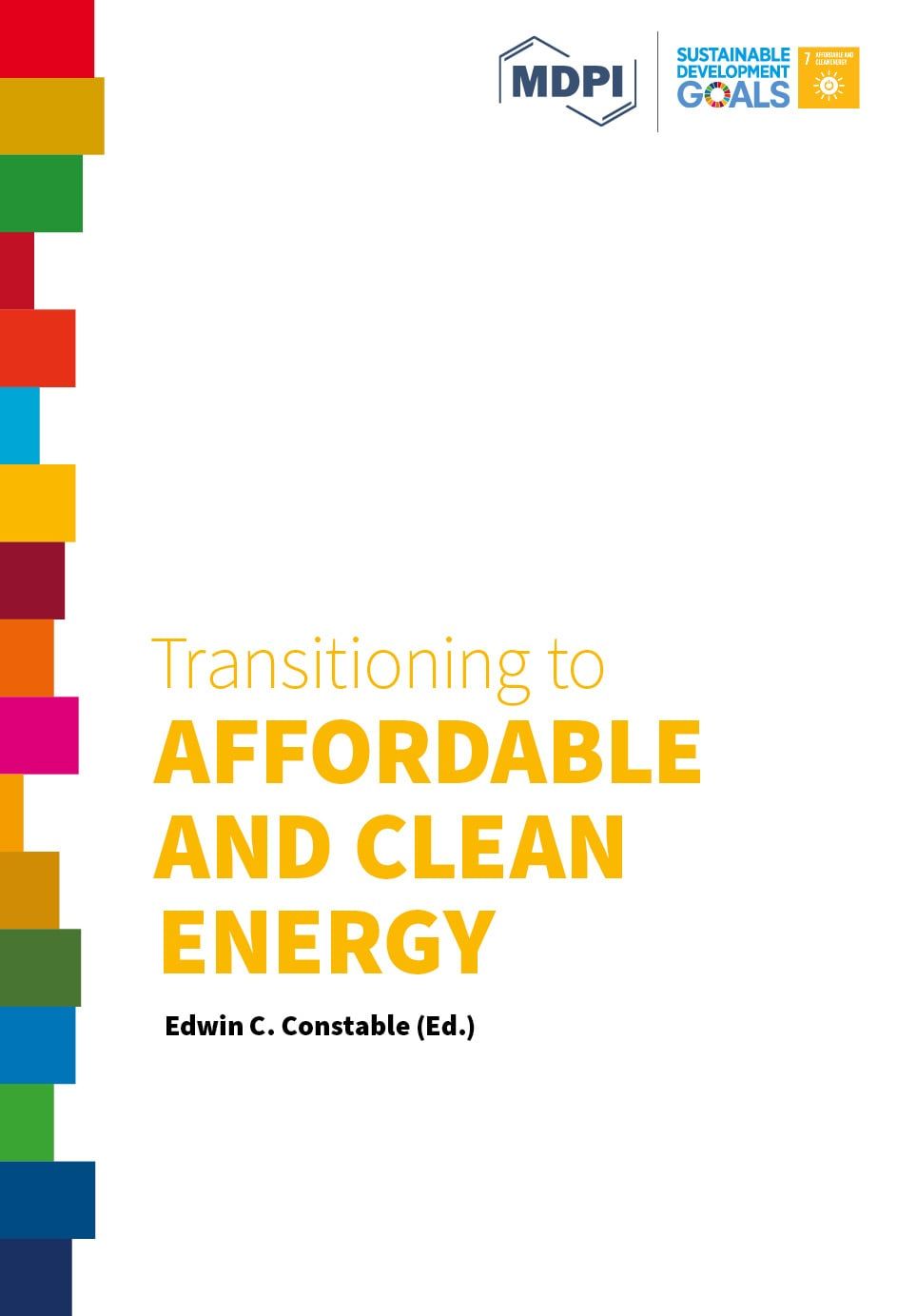Sustainable Energy Future with Materials for Solar Energy Collection, Conversion, and Storage
The transition to a sustainable energy future is dependent on a clean and efficient power supply. Solar power is the most attractive source of clean energy because of its abundance and numerous ways of harnessing it. Harvesting solar energy involves the use of a wide range of materials including metal oxides and halide perovskites (HaP) for conversion into hydrogen and electricity via photoelectrochemical (PEC) water splitting and photovoltaic technologies, respectively. Hematite has emerged as one of the most suitable metal oxide photocatalysts for solar hydrogen production due to its small bandgap (~2.0 eV) and stability in solution. However, the major challenges limiting the use of hematite in PEC water splitting include its low conductivity, poor charge separation, and short charge carrier lifetime. Additionally, HaP solar cells are the fastest emerging photovoltaic technology in terms of power conversion efficiency. However, their instability and toxicity of lead and solvents are major bottlenecks blocking the commercialization of this technology. This chapter reviews the strategies that have been engaged towards overcoming the limitations of using hematite and HaP for direct conversion of solar energy into hydrogen fuels and electricity, respectively. The simultaneous engagement of strategies such as nanostructuring, doping, formation of heterostructures, use of co- catalysts, and plasmonic enhancement effects has shown great promise in improving the photocatalytic water splitting capabilities of hematite. Vapor methods for preparing HaP have the potential for improving their stability and eliminate the use of toxic solvents during fabrication. More research will be required for the eventual commercialization of solar hydrogen production and photovoltaic technologies using hematite and halide perovskites, respectively.
